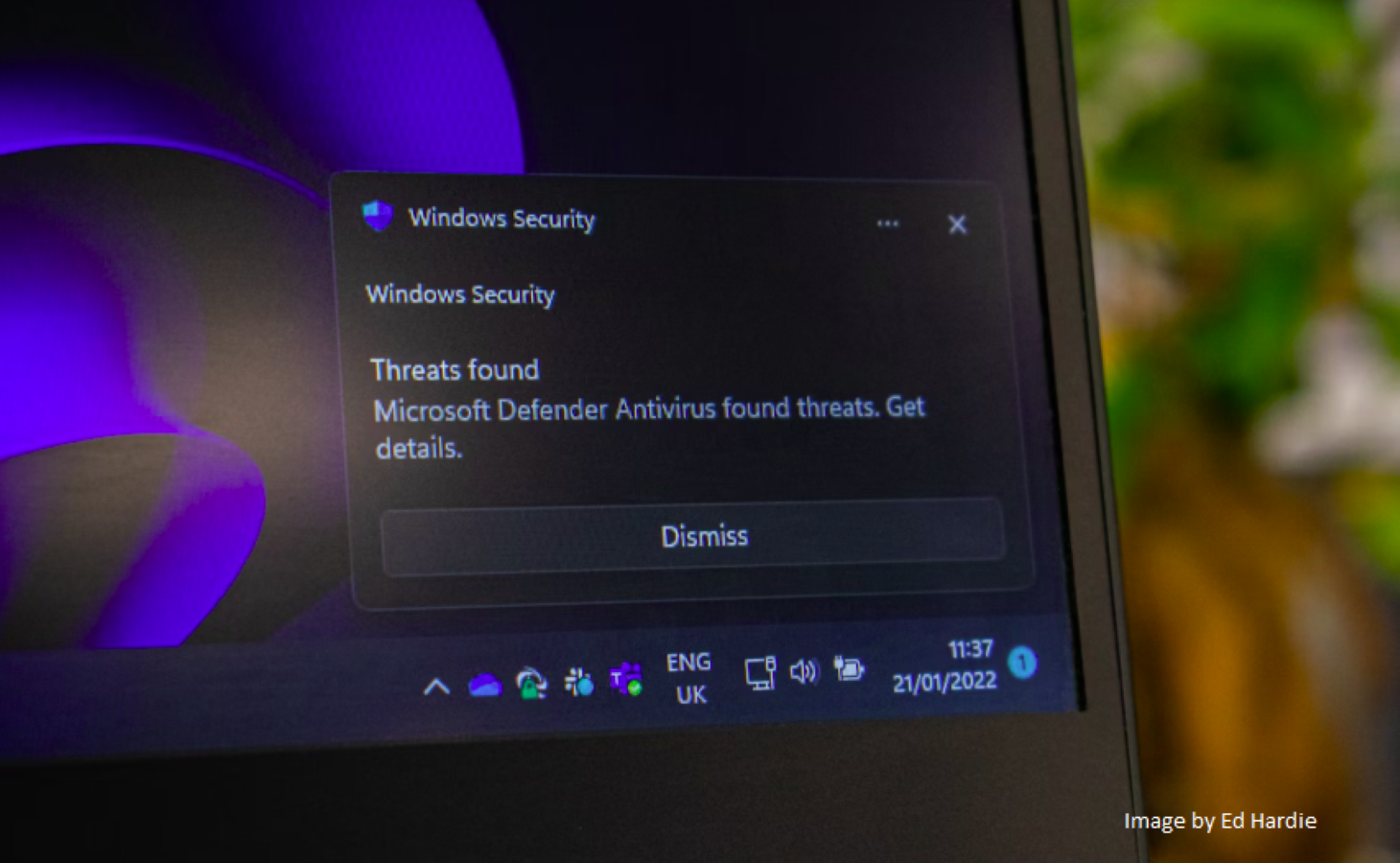Understanding Malware: Viruses, Worms, Trojans, and Ransomware
Published on 2025-04-30 by Light4Tech Solutions

Technology usage in personal and professional environments has created an increasing threat from malicious software which people call malware. The term malware describes any software which programmers create to intentionally harm computers along with their networks and servers. This article examines the main types of malware which include viruses, worms, trojans and ransomware. Understanding the operational methods of these malware types represents the first defense strategy to protect yourself along with your organization from cyber threats.
What is Malware?
The term Malware describes any software that people intentionally create with harmful intentions. Cybercriminals employ this type of software to commit various cybercrimes such as data theft and system damage and network intrusions. The delivery of malware occurs through multiple channels including email attachments and malicious websites and infected USB drives and software vulnerabilities. The malware can exist undetected for extended periods reaching weeks or months before it creates noticeable problems which makes detection difficult when you lack cybersecurity tools.
The Four Major Types of Malware
The four major malware categories include viruses, worms, trojans, and ransomware which are examined in detail below. Each malware type has unique features that create distinct security risks.
1. Viruses
The oldest malware category consists of viruses. These types of malware join legitimate files or applications before duplicating themselves during program execution to spread throughout other files and systems. The activation of a virus leads to data destruction or corruption as well as system disruption and network disabling. The infection process of viruses starts when users open infected files or click suspicious links.
2. Worms
Worms function differently from viruses since they need no user assistance to distribute themselves. Security weaknesses in operating systems and applications enable worms to self-propagate while moving through networks automatically. Worms eat system resources quickly while they degrade internet speeds and help other malware enter a computer system. The 2003 SQL Slammer worm spread worldwide in mere minutes to damage thousands of servers.
3. Trojans
The appearance of trojans matches legitimate software while they hide inside seemingly safe files. The installation of these malicious programs creates a remote control entry which lets attackers access the compromised system. The main functions of trojans involve user surveillance and data theft operations as well as malware installation capabilities. The main difference between trojans and viruses and worms is that trojans lack self-replication capabilities but they function as part of complex malware systems.
4. Ransomware
The financial harm caused by ransomware makes it one of the most costly malware types. After encrypting files or blocking system access the malware demands payment through cryptocurrency to release the decryption key. Ransomware attacks now target all sectors including individual people along with hospitals and corporations and even municipal governments. The act of paying ransom does not secure your files back and it supports more criminal activities. Thus prevention stands as the key measure.
How to Protect Yourself
Multiple measures exist to decrease your vulnerability to malware although complete immunity remains impossible:
- Regularly update your antivirus software from a trustworthy source.
- Firewalls function as a network defense system to prevent unauthorized access when enabled.
- Regularly update your operating system together with all installed software to protect against known security vulnerabilities.
- Be cautious about clicking links that seem suspicious or downloading files from emails when their origin is unknown.
- Regular data backups protect your information from being lost completely in ransomware incidents.
- Educate yourself along with your team members about the methods that scammers use through phishing and social engineering.
The knowledge of different malware types remains essential for defending against threats in our digital world. The threat of malware exists in forms like viruses that spread through files and worms that network silently and trojans that create hidden access points and ransomware that demands payment for data recovery yet the defense methods remain available. Being knowledgeable about malicious software while staying alert and prepared constitutes the most effective way to defend against such threats.